It is interesting that, despite the external obviousness of the answer, opinions still differ. Sometimes there are such wild advice on the net that it is a real pity for self-builders who decide to follow them. And yet - how to fill the voids after pouring the foundation? Which is easier and which is more reliable? How to make sure that the foundation is reliable?
Read in the article
- 1 How is it done in most cases
- 2 Alternative to sand backfill
- 3 What the textbooks say about this
- 4 Why practice is not friendly with theory
- 5 Where is the truth and what to sleep with?
How is it done in most cases
Builders rarely "bother" with this issue and in most cases cover with imported material.
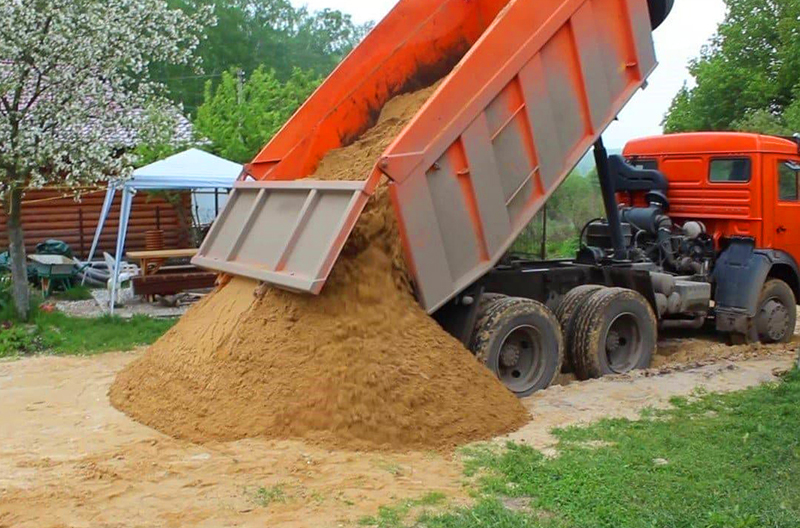
Is this the right way to do it? Inside, you can fall asleep with anything, the only question is the price and features of the flooring. But outside, according to some "experts", such filling can play a cruel joke with the foundation. Why? And why do they say that even its compaction does not give a positive result?
The main argument against such backfill is the high permeability of such soil. The sand allows water to pass through unhindered, and as a result, all of it sinks down, under the house, and then it already works against your foundation, contributing to the settlement of the entire structure.
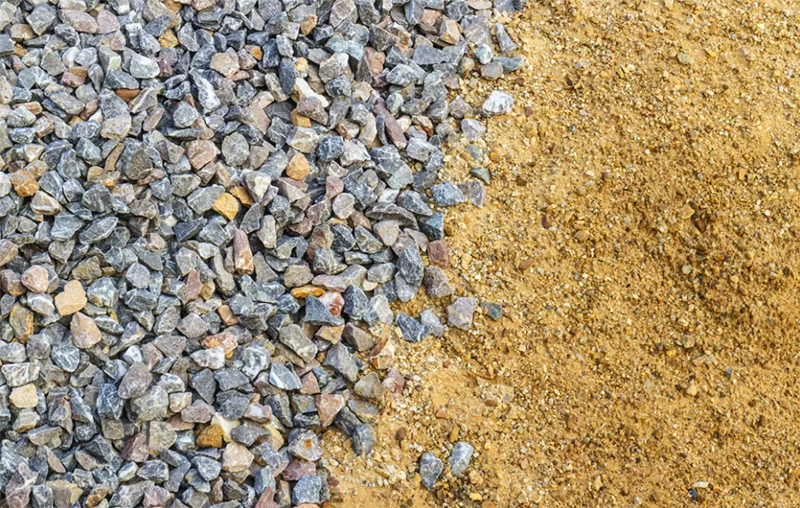
Alternative to sand backfill
So, are there other options? Well, why not: if they do not fill it with sand, then they use soil that was taken out of the same trench. Is it correct? And if the soil is clay, how will this affect the foundation? On the one hand, clay has particles much smaller than sand and for this reason does not allow water to pass through. There is even such a concept - a clay castle.
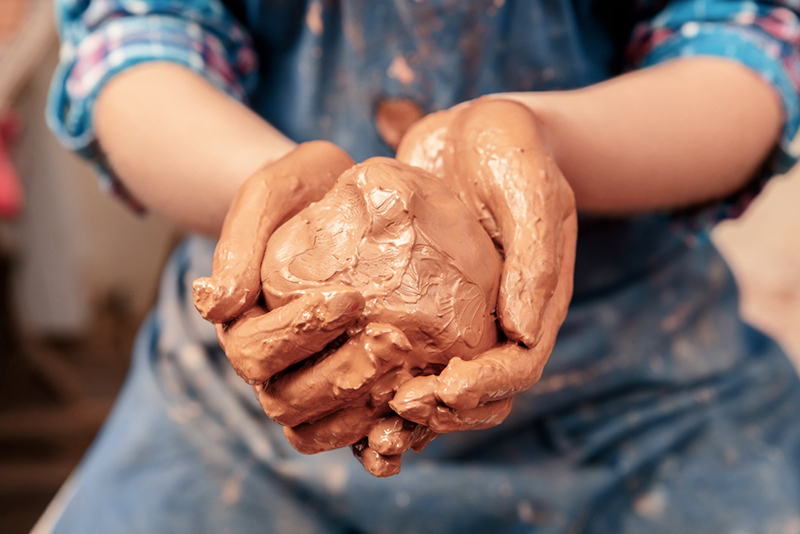
Purely clayey soil is rare where you can find, soils can be rather loamy or sandy loam. The clay content in them is from 10 to 30 percent. With good compaction of the excavated soil, its cultivation capacity will be much lower than that of the sand and gravel mixture.
What the textbooks say about this
It should be noted that theory and practice do not always go hand in hand. The building code of rules SP 45.13330 defines the backfilling regulations, and according to it, it must carried out by soil that has the same filtration coefficient as the "native" soil around buildings. Or, in the absence of the same soil, a material with a filtration coefficient lower than the "native" one.
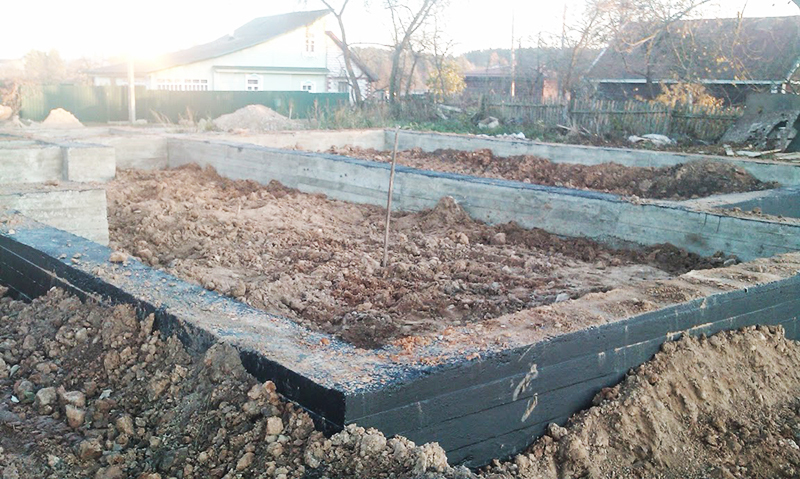
Why practice is not friendly with theory
The answer usually lies on the surface, like this excavated soil. Indeed, according to the same building rules, it is necessary not only to fill it back up, but to tamp it layer by layer, and this is a very time-consuming process. And practitioners will confidently answer you that backfilling with soil with a high clay content is fraught with heaving. And a clay castle is not at all like filling the sinuses between the ground and the foundation. A clay castle - a way to divert water as far from the foundation as possible - is a kind of blind area, that is, a belt along the perimeter of the building, made of clay and carefully rammed.
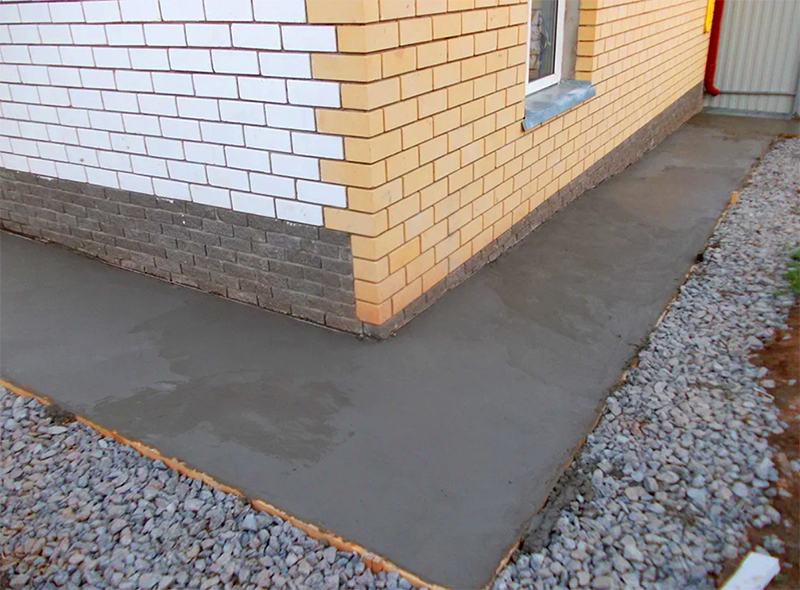
Which version of the blind area is better is a topic for another conversation, but it is definitely not worth filling the sinuses with clay, because swollen clay can just lead to cracks in the foundation due to lateral pressure.
Where is the truth and what to sleep with?
But the truth is she is somewhere in between. First, you can fill it with a sand-gravel mixture, but at the same time it is imperative to think over and arrange the drainage of water from the foundation with the help of a blind area and thoughtful drainage. Then the sand and gravel layer will not collect water.
It is more economical to fill up with the excavated soil - you will not buy sand. But more labor-intensive, because you have to carefully tamp this backfill layer by layer. That's about what will come of it.
There is no universal option: in each individual case, the characteristics of the local soil must be taken into account. And how to study it yourself - in this video:
If you have experience in this matter, share it in the comments!
I love this actress for her talent and beauty.
Yes, these bastards generally got sick, bought a new gas stove for a private house, ready with ...
A bathhouse on the site must be required. Living outside the city sometimes it is necessary to sow ...
Metal tiles have been very expensive lately. Recently I ordered work on the lane ...
Very cozy, warm apartment. A talented person is talented in everything.
I liked everything very much. How much labor was spent. It is clear that this has been done for years. But oh ...
It turns out interestingly: if the meter is installed in the house (which would be quite appropriate ...
The country is being robbed and we are ordinary people. We will compensate.
Two people have already come to me. One depicted a leak: it is convenient to rotate the floor on the device ...
I would choose a house to live. And they can live as they like and anywhere. By the way, …
Or drown the pipe to the stove. Take your pick.
The locksmith came to the service and asked one question "is there a problem?" I say no. You have 3 ...
How is it that there is no gas pipe, but what is the stove connected to? You will simply be put on closed ...
If you want to count other people's grandmother. they cannot be counted in a lifetime. how many thieves ...
In my opinion, fires most often occur during a cold snap on the street, which means that ...
If the government really cared about the safety of the people, it would have established long ago ...
Yes, let the "green" learn from their mistakes. Also let the windmill chatter on the site, h ...



